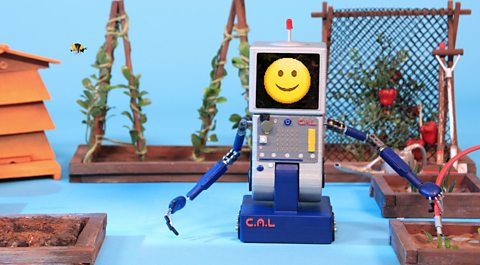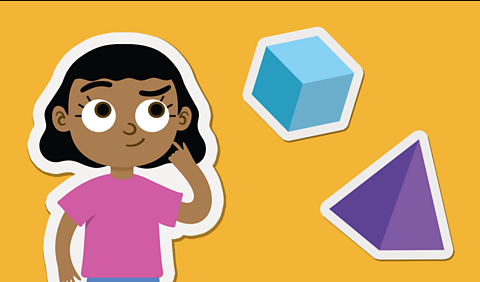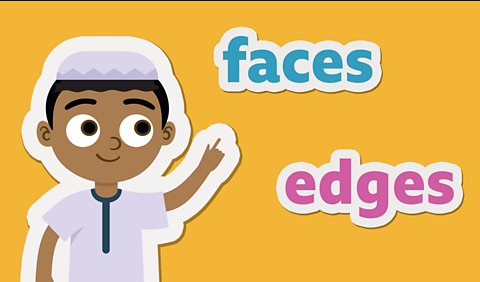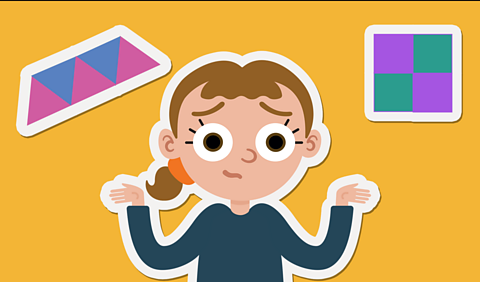
Being able to describe where something is, the position it is in and how to get there is really useful.
If you are looking for a particular toy in a shop and ask someone who works in the shop where that toy is on display, they might tell you the position of the toy, for example, what other items itâs beside or below.
Directions and movement are used to get us to places or things.
There are lots of movements we can take on a journey, including going up, down, left, right, forwards, backward, turning clockwise (the same way the hands on a clock move) or anti-clockwise (the opposite way to a clock's hands).

Direction
To find a certain place we often follow directions. A map can be very helpful in helping us correctly follow directions.
We can use also a compass to find the direction we need to face. The compass shows four mains directions: North, South, East and West.
In this video CAL needs to find the best position for his vegetable patch based on the sunlight that they need to grow.
He needs to figure out what direction the vegetable patch needs to face.
But he has no idea what âdirectionâ even means!

It's your turn!
Have a go at the activity below to see how good your sense of direction is.
More on Shape and space
Find out more by working through a topic
- count3 of 8

- count4 of 8

- count5 of 8

- count6 of 8
